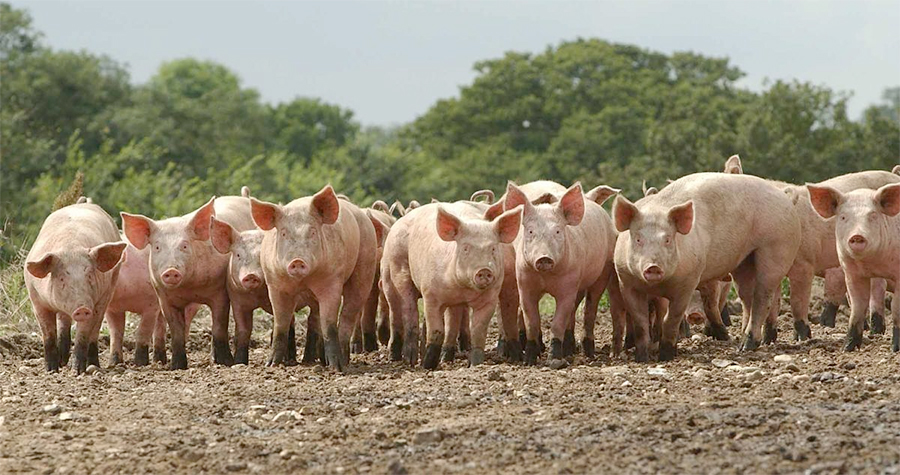
The UK pig sector is making 'significant' strides in reducing the use of antibiotics in livestock, it has been announced.
Figures released show at the beginning of 2014, 37% of all feed for young pigs contained antibiotics, this halved towards the end of 2016.
Paul Toplis representing the Agriculture Industries Confederation (AIC), which is a RUMA member, said he was encouraged at the rate of reduction.
"Reducing reliance on antibiotics to treat and prevent disease spread could pose significant welfare challenges if not done with the right levels of care and skill.
Mr Toplis added that some of the reductions appear to have been made possible by the use of zinc oxide, which when added to feed at medicinal levels can reduce the need for antibiotics in pigs by protecting the gut against E. coli bacteria.
Veterinary expertise
The Pig Veterinary Society welcomed the news and acknowledged the efforts of its practising members who regularly visit the herds in their care and work with pig farmers to promote responsible and reduced use of antibiotics.
The Society’s President Susanna Williamson said: "We cannot emphasise enough the importance of veterinary expertise and advice in assessing the disease risks and selecting suitable control options.
"These need to be tailor-made to suit each individual farm and the effects monitored to ensure that initiatives to reduce antibiotic treatment also promote good pig health and welfare."
Wider effects
Georgina Crayford of the National Pig Association said its NPA Antibiotic Stewardship Programme, launched in 2016, had been helping drive behaviour change.
She said: "Among the programme’s recommendations are the capture of usage data on pig units, benchmarking use against similar farms, and supporting strict limits on the use of critically important antibiotics.
"We look forward to seeing the wider effects on use as data trends from the AHDB’s e-Medicine Book, also launched last year, start to come through later in 2017."
John FitzGerald from RUMA, the independent agricultural and food industry alliance which promotes responsible use of medicines in farm animals, welcomed the results and said they were indicative of the wider industry commitment to reductions.
He said: "These data show there is a clear drive to use antibiotics more responsibly and to work alongside the human medical community in reducing, refining and replacing use of antibiotics globally – as well as building on the successful 10% reduction in UK farm animal use in 2015."
